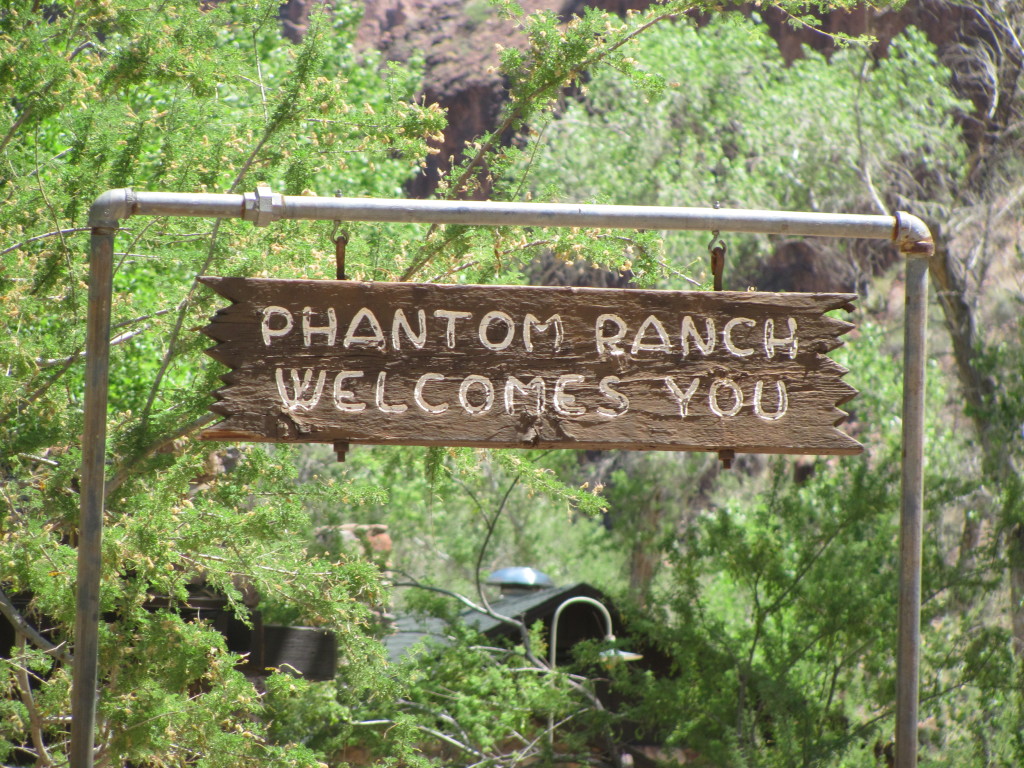8 Limbs of Yoga defines “Yoga” in the Yoga Sutra of Patanjeli. As we delve into studying yoga more deeply, we are taught that there are 7 other elements to yoga besides the element of asana (postures) we are so familiar with. In fact, I recall the earlier days when my practice was mainly physical (so out of character maybe, sweating it out at Bikram studio). When I signed up for the first yoga teacher training, I went in thinking I had to memorize the names both English and Sanskrit of all yoga poses; then I thought I had to know them all anatomically and string them together while being able to teach how to get into and out of each pose. That’s what I thought it was all about. I had no idea, the physical exercise part was just one eighth of what yoga was all about. After obsessing the physical aspects, I realize now why I found restorative yoga so enticing for me, personally. I highly recommend this practice for someone who-over thinks, very mental, perhaps cerebral but unnecessarily hyper analytical and critical, tends to be artistic and creative (I did not say neurotic did I?), maybe even a bit Type A personality, living with chronic stress, hypertension, anxieties/depression, weight, energy or pain management issues. Or perhaps none of the above and just plain, want to prepare a better state of clarity to have a fruitful profound meditation practice. Here is an excerpt from my teacher, Judith H. Lasater’s homepage:
In the Yoga Sutras of Patanjali, the second chapter is filled with teachings about the astanga or eight-limbed yoga system. The astanga system is presented as a series of practices which begin with external limbs like ethical precepts and move toward more internal limbs like meditation. The fifth step or limb is called pratyahara and is defined as the conscious withdrawal of energy from the senses. Almost without exception yoga students are puzzled by this limb. We seem to inherently understand the basic ethical teachings like satya which is the practice of truthfulness, for example, or pranayama, the use of breath to effect the mind, or the practice of conscious posture or asana. But for most of us the practice of pratyahara remains elusive.
One way to begin to understand pratyahara on a experiential level is to focus on a familiar yoga pose, savasana, the corpse pose. This pose is done lying supine on the floor and is the practice of deeply relaxing. The first stage of this asana is about physiological relaxation. In this stage, as one becomes comfortable lying on the floor, there is first an awareness of the muscles gradually relaxing, then the breathing slowing and finally the body generally letting go of tension. While delicious, this stage is only the beginning of the practice.
The next stage of savasana is different because it pertains to the mental sheath or level. In the second stage of savasana there is a sense that one is withdrawing from the external world without loosing contact with it. This is an experience of pratyahara. Most of us know this state; when one is in this state it feels like one is at the bottom of a well; the sounds that occur both in and out of the room where one is lying are registered, for example, but these sounds do not create disturbance in the body or mind. It is this state of non-reaction that I am calling pratyahara. The actual registering of input by the nervous system still occurs but there is virtually no interaction with that input. There seems to be a space between stimulus and response. In common parlance, one is in the world but not of it.
Hahhhh, it’s heavenly …
Is it no wonder? Hyper-alert, revved up, for some people, practice of pratyahara is quite challenging; there’s that fear in letting go. Withdrawal of the senses elicits fear and dread for some – then, my suggesting is to just not feel you must go so far. Wherever you get to is ENOUGH. Here’s a story – When I first went to Grand Canyon, I was awe-struck just seeing the panoramic view from atop at the Rim …it was a breath taking paradise in the grand scale; a rush, dizzying feeling like you are getting sucked into the earth’s center. I really felt the subtle centripetal force. That was enough. Then years later, there was a calling (okay, a call from a friend …) to trek to the very bottom of the Canyon; to Phantom Ranch. The hike was grueling but once reached, there too was a magical mirage-like oasis – scorching dessert heat dissipated at the bottom with Colorado River nearby – it’s lush and cool while the route to get there was dry hot dessert… Here, another paradise I was sucked into … both paradises, but incomparable – the air, the view, the lighting, the temperature …the energy of the place – different from the first experience – a shift in perspective. But the first experience of paradise is no less superior to the latter; just different. So know, it’s both good; it’s all good. All I can do is provide the space of safety, security and support. The journey you take after all is all yours.
